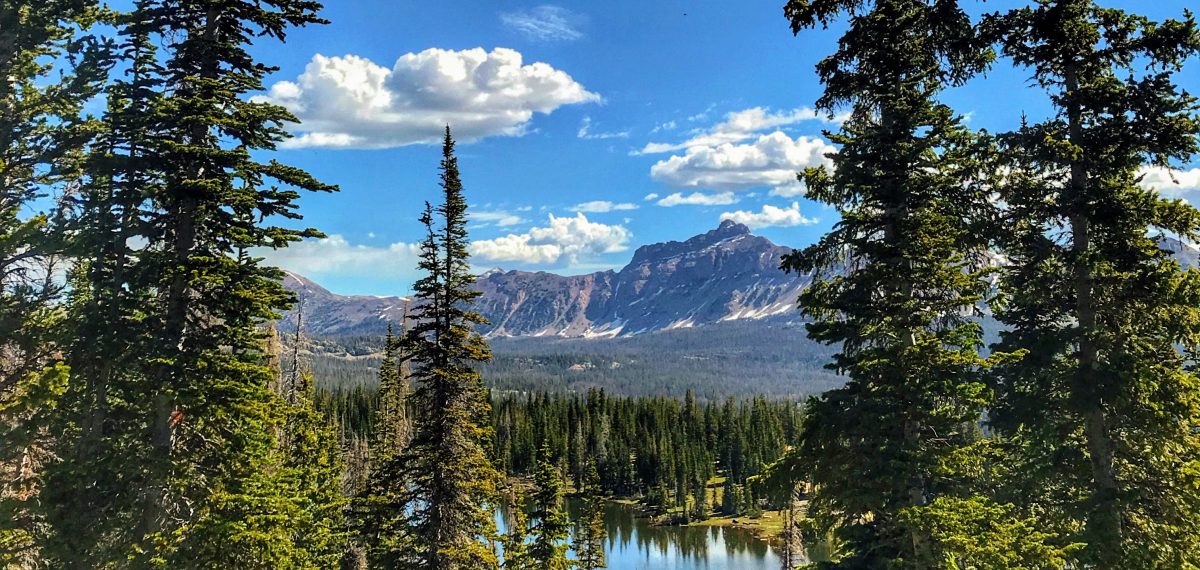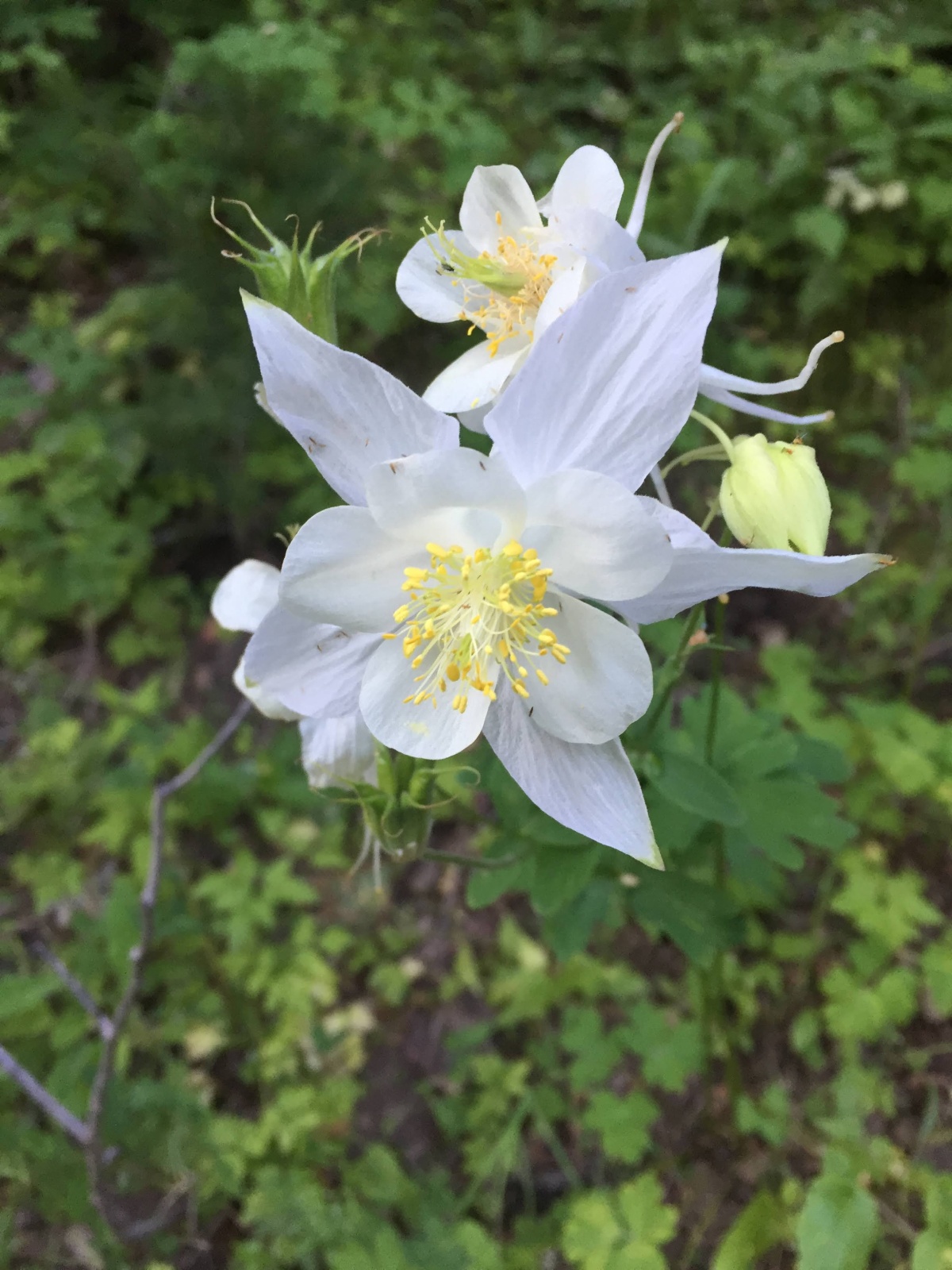I take off for a run, one night, deep in summer. In the middle of the dog days, as they say. The air is hot and envelops me entirely, as I step past out past the threshold of my apartment. The sky is dark, except for the fading sliver of light on the western horizon. It’s an early darkness though–the sun’s light hasn’t completely departed yet.
I run down 700 North towards the mountains. In the darkness all objects are best defined by their silhouette. The grass is thus defined by its crisp edges neatly framing the dividing line between sidewalk and yard, or grassy median and street. There could be a metaphor here, but if so, I can’t quite think of it. The lights are another peculiar things. The different tones of light seem to radiate corresponding emotion. The older orange lights that shed warm light well reflect the inviting feeling of a summer night. I pass a few of these as I stride past the Amanda Knight Building (a beautiful building, recently sold by BYU and likely to become student housing). Then there’s the blinding, harsh, nearly white light of car headlights flowing around me. I’m reminded of my dad’s old college physics textbook he kept in a bookshelf downstairs that had a long-exposure picture of car headlights and taillights on a freeway. It harmonizes into a flowing river of light–a white yellow stream on one side, and a red one on the other.
It’s far beyond my grasp to understand–in any real way–that each headlight of each car represents a person (or persons) with a story and a distinct journey. Every headlight on the road becomes, if only temporarily, a part of this larger river of light, before continuing its own singular journey. But this is a thought without feeling, something to theoretically accept, without possessing a deeper conviction of it as it lies far outside my limited intellectual and moral imagination.
The street lights fade as I jog up the stairs toward the Maeser Building. I crest the top of the stairs and am struck by how deserted the campus is now. Returning to campus is an exercise in remembering–and not just events, but the faint outlines of fleeting emotions. The things we never say, perhaps, as we don’t feel the need or can’t find the words. The high monotone of the “walk” signal as you cross toward BYU campus near the Wilkinson Center (or listen from your now-demolished dorm room as you fall asleep). The steady and low “shhhhh” of the summer sprinklers. The panicked and palpable energy accompanying the start of each semester. More than an experience, my time at BYU seems like a composite of discrete images, feelings, sounds, and smells–a multimedia collage of sorts.
Toward the end I had a certain fatigue, even dismissal of most things “BYU.” It is a strange place, but a beautiful one as well. A gorgeously flawed experiment in Church-run higher education. Now I pass the recently completed economics building across from the Joseph F. Smith Building after glancing up at the Kimball Tower. I used to look up at the Kimball Tower in embarrassment–as proof that Church architecture was fated for aesthetic purgatory, a constant reminder that BYU-Provo still had no architecture program. Now, I see it in a slightly more sympathetic light. It may be the most prominent eyesore in Utah County, but then again, is anyone actually keeping a list? If we were all amalgamations of historical figures, towards the end I had a high concentration of Robespierre and Lenin. I could have torn it all down. For a second my thoughts are interrupted as I step around a small snail in the sidewalk. I was ready to lop off the head of the institution. Shut down the American Heritage propaganda course, change the name of the Wilkinson Student Center (not to mention the Abraham Smoot Building), tear up the grass and plant sagebrush, and shut down the accounting program on grounds it was corrupting good young Mormon minds. But now, the Reign of Terror has caught up to Robespierre, and my Lenin is comfortable with more nuance. I can live with the flaws, both real and imagined, or so I tell myself.
Now I pass by the Marriott School and Helaman Halls, and turn left towards University Avenue and then home. I exist now in Provo like a shorebird awaiting the next wave, though, instead of scurrying away, I wait for it to wash over me. I wait in a mixture of amusement and affection. The living body of BYU is the marrow of Provo’s bones. The hope made flesh. Beautiful in their strangeness and incompleteness. Who do we have here? Overzealous recently returned missionaries? Check. Instagram influencers? A few, at least. Gym bros? Why of course. But now is the not the moment for undue criticism. What was lost is soon to be found, and their (and all other’s) return is imminent. The idea of a returning, a new beginning is inherently hopeful. It’s almost as if we super-impose a “spring” of humanity over a seasonal “fall.” A strange yet good juxtaposition of things. Which may describe BYU as well. Which is all I can hope for myself. Now I step inside my apartment, leaving the growing darkness and fading heat behind me.






